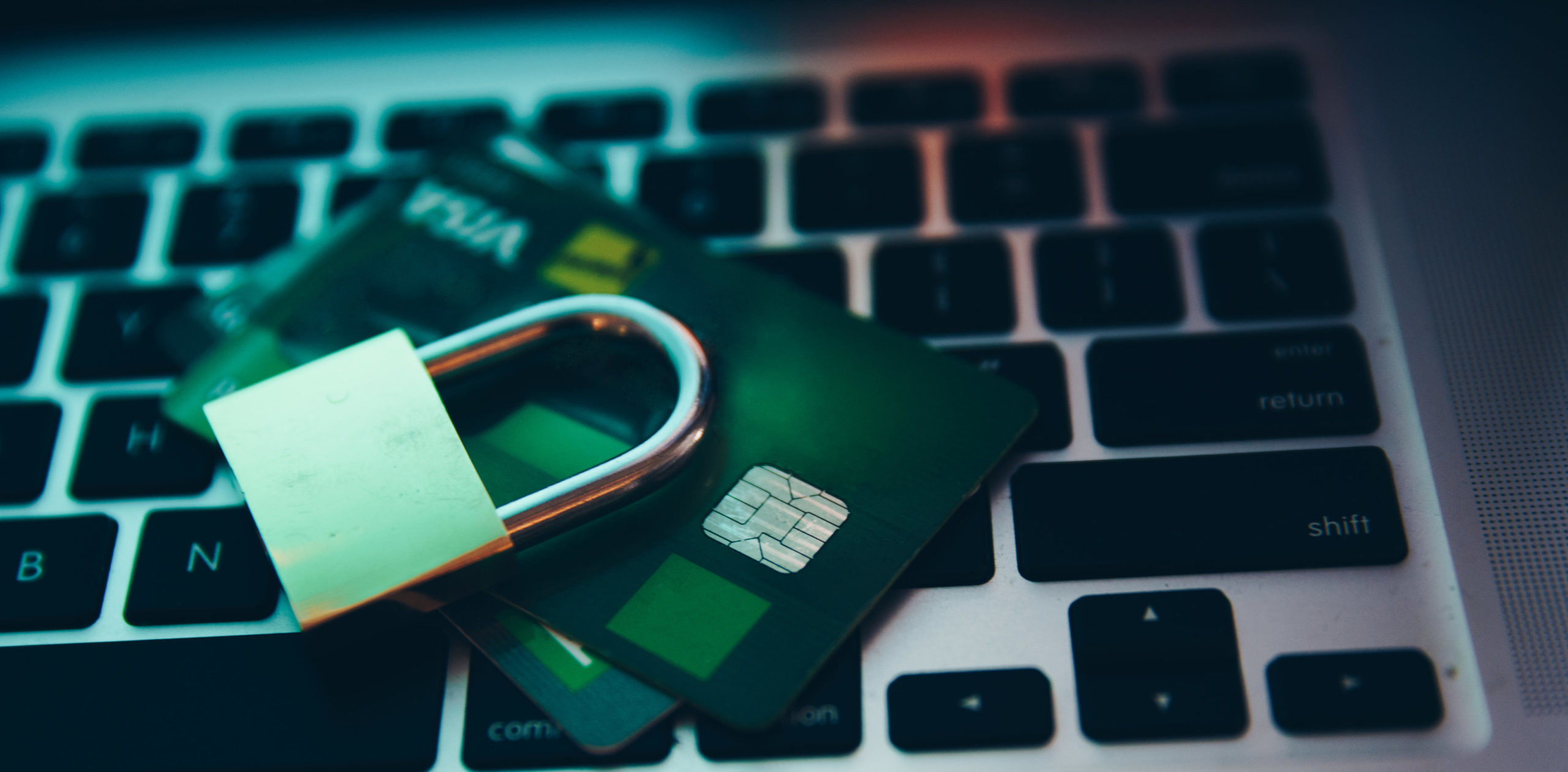
Many public sector Accounts Payable departments grapple with the invoice reconciliation and approval process. It can be considered the most laborious, time-consuming, and error-prone part of the procurement cycle, especially for those organizations still relying heavily on paper and manual processes. Fortunately, advancements in technology, namely the widespread use of cloud computing and increased accessibility to eProcurement solutions, have given rise to invoice automation.
Managing invoices that are received via email, postal mail, or fax can be tedious and cumbersome. Data must be manually entered into the organization’s financial system, and the documents scanned and uploaded. One or more full-time dedicated employees are often required to enter and reconcile hundreds or thousands of invoices on a weekly basis.
EqualLevel’s eInvoicing Solution
EqualLevel’s eInvoicing solution provides a means to seamlessly and electronically exchange invoices between software systems and automate key portions of the invoice reconciliation process. With invoice automation, suppliers may generate an electronic invoice from their own system, or from a system made available by the eProcurement provider who services the buying organization. All invoices can then be sent electronically, directly to the buying organization’s eProcurement application, regardless of the supplier’s technical sophistication, greatly simplifying the process.
ERP Integration
EqualLevel’s eInvoicing solution may be integrated with an organization’s existing accounting or enterprise resource planning (ERP) system to replace an inefficient, paper-based invoice approval process with a convenient online system. The invoice reconciliation and approval process may take place within the eProcurement system, the organization’s ERP system, or in both through a two-step hybrid approach. In the hybrid approach, the eProcurement system will match the invoices and automatically reject those that violate predetermined exception rules, including but not limited to invalid invoice items, incorrect tax or shipping additions, and substantial price increases. Invoices that pass these initial rules are then transmitted to the ERP system for final reconciliation, where less critical exceptions can be routed for manual review before payment approval. Options for transmitting invoices to the ERP system will depend on the flexibility and robustness of the solution from the eProcurement provider, but some possible options include sending the invoices via cXML, pulling the invoice data via an API integration, or an automated export/import of an invoice data file.
Benefits of Invoice Automation
Automating the invoice to payment process helps organizations more easily manage the entire invoicing lifecycle. Some of the key benefits of eInvoicing include:
- Automating invoice entry and reconciliation.
- Receiving structured and uniform invoices.
- Reducing data entry and document handling costs.
- Reducing errors caused by manual data entry.
- Monitoring transactions in real-time.
- Slashing invoice processing times.
- Eliminating late payment charges.
- Taking advantage of early payment discounts.
Digitizing the invoicing process streamlines the entire workflow and frees up valuable time for financial professionals to spend on more strategic tasks.
Click here for more information regarding EqualLevel’s eInvoicing solution.


